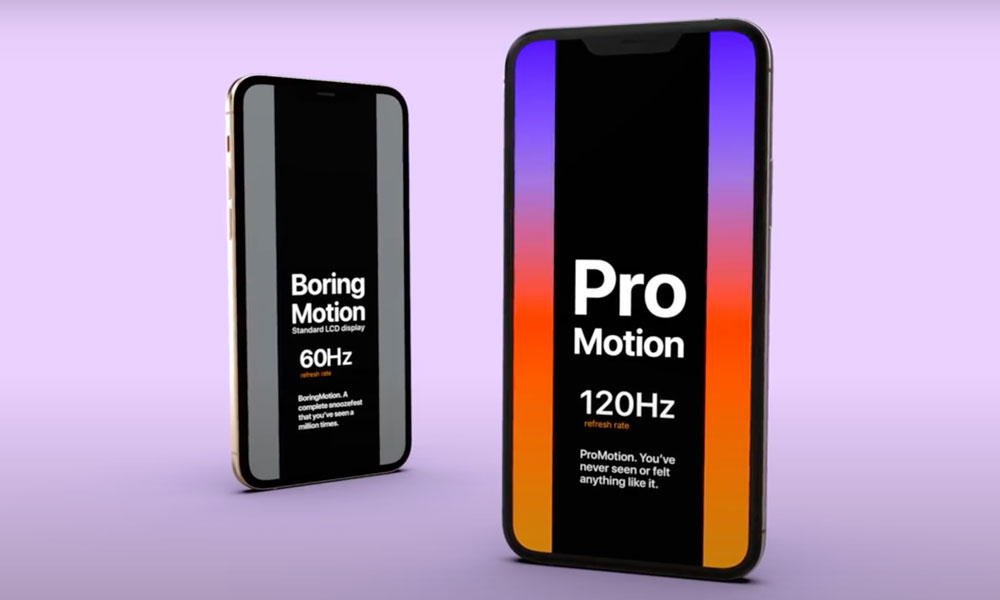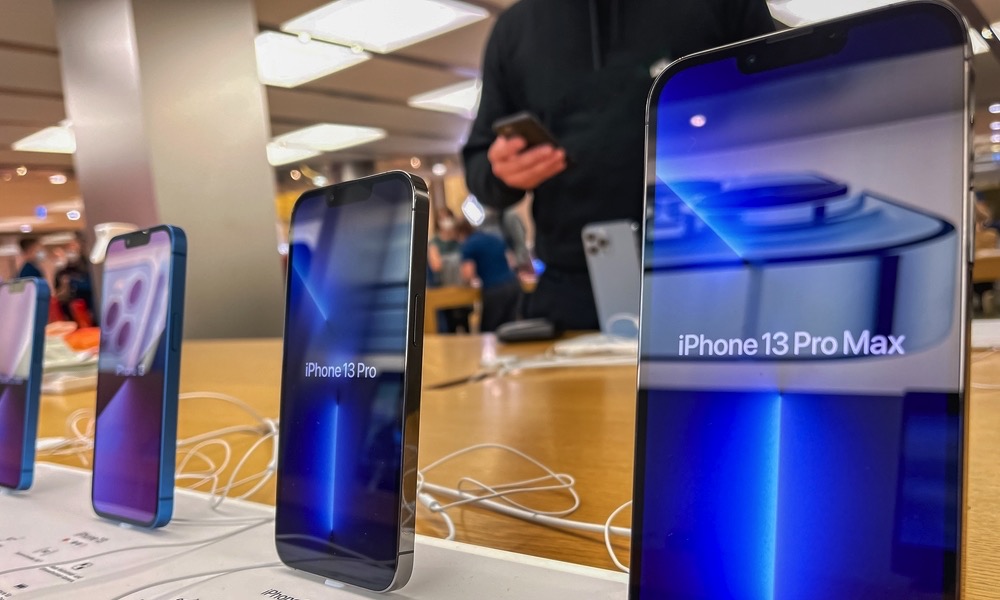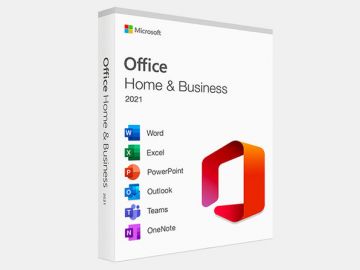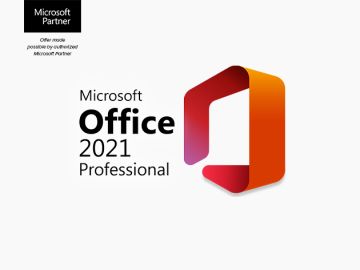The iPhone 17 May Get a 120 Hz Display — But Not the One We’re Hoping For
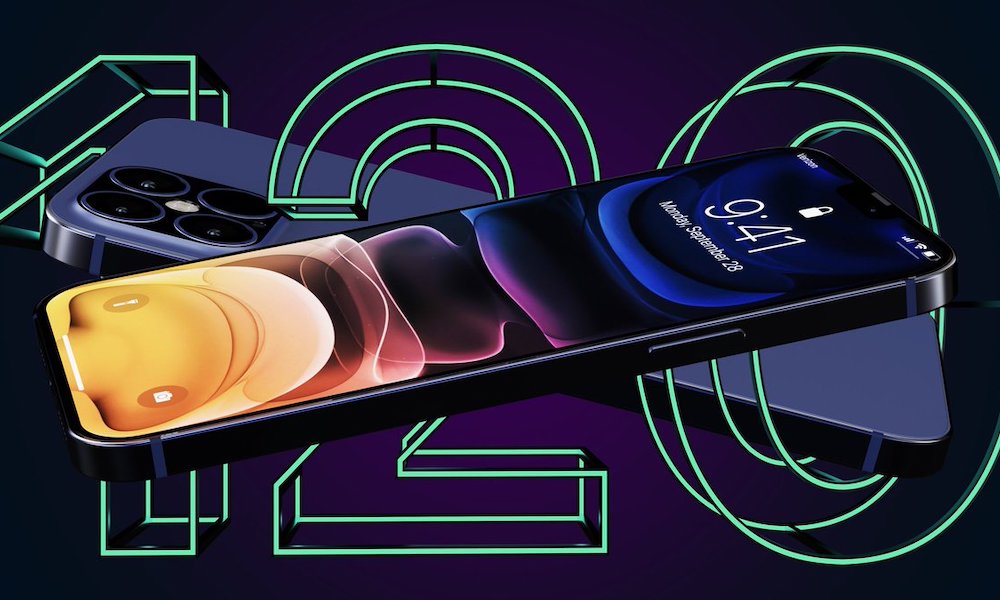 EverythingApplePro
EverythingApplePro
Toggle Dark Mode
Rumors have been circulating for months that this may finally be the year Apple brings its entire iPhone lineup to the same high-refresh display standard. By all reports, the iPhone 17 and the new “iPhone 17 Air” are expected to gain 120 Hz screens, similar to those used on Apple’s higher-end iPhone Pro models since 2021.
Sadly, we’ve heard this song before. Nearly every year some analyst or leaker has claimed to have evidence that the standard iPhone models will gain 120 Hz “ProMotion” display technology. In fact, the rumors began swirling two months before the iPhone 13 Pro lineup gained ProMotion in 2021, with reports suggesting Apple would bring the higher-refresh display to the entire iPhone 14 lineup.
We know that didn’t happen, but it also didn’t stop pundits from making similar predictions about the iPhone 15 in 2023 and last year’s iPhone 16. It’s possible Apple may have considered a 120 Hz upgrade each year and dismissed it, much like it did with the iPhone 12 Pro in 2020. However, that was canceled due to pandemic-related supply-chain problems — an issue that shouldn’t have been a factor by 2022.
Some of this is also fuelled by wishful thinking and a belief that Apple can’t possibly be okay with letting the iPhone lag so far behind its rivals when it comes to display technology. Even if Apple had met its goal of bringing 120 Hz ProMotion technology to the iPhone 12 Pro in 2020, it was already behind the curve. Android handset makers began adding higher-refresh displays as far back as 2017, although they remained somewhat niche until Google’s Pixel 4 brought them into the mainstream in 2019.
It’s also not like Apple hadn’t already figured out how to build faster displays. The iPad Pro famously gained Apple’s first ProMotion display in 2017, and these have been a stable of those flagship iPad models ever since. Initially, faster displays were mostly limited to flagship Android phones; however, by the time Apple got around to bringing ProMotion to the iPhone 13 Pro, they’d begun trickling down to budget flagships and even entry-level models.
Even as Samsung and Google brought 90 Hz and 120 Hz displays to their A-series phones, Apple stubbornly held the standard iPhone models to 60 Hz displays. It’s not surprising that everyone in the industry assumed that faster displays were right around the corner, but they never materialized.
Nevertheless, this year, the rumors might finally be on track. Firstly, we’ve heard reports from more reliable sources than the usual anonymous leakers. For example, Ross Young, an analyst whose entire world revolves around what the display industry is doing, revealed in September that 120 Hz displays were coming to all iPhone 17 models.
In addition to more reliable sources, the advent of a new “iPhone 17 Air” also gives Apple another reason to finally make the move. The consensus is that Apple will replace the “Plus” iPhone model with something completely different: an ultra-svelte “minimalist” iPhone that will cut a few corners, such as dual cameras to become as thin as possible, but will need to compensate for that by adding a few more perks, like a 120 Hz screen.
Will the iPhone 17 Get the Same Display as the iPhone 17 Pro?
The numerous reports that the iPhone 17 and “iPhone 17 Air” will get 120 Hz displays have left out some essential details. None of the more reliable sources have said much beyond the new screens offering a 120 Hz variable refresh rate, but that doesn’t mean they’ll have the same capabilities as the iPhone Pro models. They may not even be “ProMotion” by Apple’s definition of the term.
Leaker Fixed Focus Digital, best known for revealing Apple’s surprise switch to the iPhone 16e name before it launched, shared on Weibo today that machine-translates to a statement that the iPhone 17 series will get “just a normal 120hz screen, but not ProMotion adaptive refresh rate.”
Since the iPhone 14 Pro, Apple has used displays that can not only reach up to 120 Hz heights but also scale down to 1 Hz at the bottom end. This lower refresh rate allows the iPhone to conserve power when doing things that don’t require higher refresh rates, and for that reason, it’s also critical to support an always-on display.
For example, most videos play at 24 or 30 frames per second, which means you only need a 24 Hz or 30 Hz refresh rate to enjoy them. A screen with a fixed 60 Hz refresh rate wastes power by updating the screen 2–2.5 times more often than needed.
While the iPhone 13 Pro was the first to feature a ProMotion display, it bottomed out at 10 Hz. This still allowed those models to offer dramatically improved battery life for video over the iPhone 13 and iPhone 13 mini, but it wasn’t slow enough to power an always-on display.
The iPhone 17 and iPhone 17 Air could still get a variable refresh rate display that goes up to 120 Hz, but there’s no word on how far down it will go. Young and others have hinted at true variable refresh rates in saying that Apple plans to use LTPO displays for the iPhone 17 and “iPhone 17 Air.” These panels typically provide fully dynamic refresh rates. Still, that doesn’t mean that they’ll have the same range.
For instance, Apple might re-use the display tech from the iPhone 13 Pro era, an LTPO panel with a 10–120Hz range; however, “variable” is also vague. Many midrange phones, including Samsung’s Galaxy A-series models and even the Google Pixel 9a, only switch between fixed refresh rates, like 30 Hz, 60 Hz, and 120 Hz, rather than running the whole spectrum in between. However, these also use LTPS displays, not LTPO.
These fixed refresh rates would likely be more than enough for most standard iPhone users, but they’d fall short of what the iPhone Pro models offer. It wouldn’t be surprising to see Apple take this route — in fact, it would be more surprising if the company didn’t continue to set its Pro models apart by giving them significantly better screens. After all, it’s right there in the name: “ProMotion” displays are for “Pro” devices: the iPad Pro, the iPhone Pro, and the MacBook Pro.
[The information provided in this article has NOT been confirmed by Apple and may be speculation. Provided details may not be factual. Take all rumors, tech or otherwise, with a grain of salt.]



